The indicators of the direct overstriking of copper 5 kopek coins during 1797 action by Paul the First
The 1797 re-overstriking
(from B. F. Brekke, THE COPPER COINAGE OF
IMPERIAL RUSSIA 1700-1917, 1977)
As noted in the article on Catherine II's lightweight coinage of 1796, her successor, Paul I, immediately halted this operation. It was decided to go back to the original 16 rubles to the pood standard and re-overstrike all the overstruck coins. This, of course, caused controversy in official circles, and in order to put the blame squarely on the shoulders of the "previous administration," Paul decided that the about 2 million rubles worth of lightweight coins were to be overstruck with Catherine's design!
For this operation, some mints used their old dies, but some mints had to make new dies because they had not made 5 kopek pieces for a long time. Thus St. Petersburg made new dies for itself, Moscow, and Nizhny Novgorod, whereas Ekaterinburg and Annensk still had old usable dies in stock from Catherine's production. As the old 5 kopek pieces mostly had EM as mintmark, the new dies made at St. Petersburg were engraved with Ekaterinburg's mintmark so that coins overstruck at St. Petersburg, Moscow and Nizhny Novgorod carried the mintmark EM for this particular production of overstrikes. The whole program lasted about half a year until all of Catherine's abortive 1796 lightweight coinage had been overstruck. It is a common trait of all these coins that they are very broad from being twice overstruck.
The following comments on the activities of the different mints give a comparatively clear picture of this re-overstriking operation.
Ekaterinburg.
On 8 December 1796 orders went out to all mints to re-overstrike all overstruck coins back to their original value, that is, 10 kopek pieces back to 5 kopek pieces, 4 and 5 kopek pieces back to 2 kopek pieces, and so on. The order to Ekaterinburg did not mention new dies, since this mint had been in full production late in Catherine's reign and had intact dies from that production. Ekaterinburg, therefore, used original dies for this re-overstriking process. Owing to the small number to be re-overstruck, only one die was used—1796. Edges 5 and 6 exist, the latter being very rare, which again proves that only a small part of the previous overstriking under Catherine had edges recut to the new edge 6. When Paul re-overstruck the lightweight coins, the edges were left as they were in case of edge 5, but orders were that edge 6 should be recut back to edge 5. In some cases one can see the edge 6 under the new edge 5, but evidently a few coins were left with edge 6 in spite of the orders.
Anncnsk.
This mint received the same orders as Ekaterinburg, that is, to re-overstrike the entire output of the lightweight coins with their own original dies. Whereas Ekaterinburg produced a large quantity, which probably only left the 1796 dies usable; Annensk had produced much less and therefore presumably had dies in good condition from several years. Also, the Annensk dies had a somewhat higher relief, giving them a longer life. We find, therefore, that for the re-overstriking program of Paul, Annensk used original dies with the AM mintmark from 1794, 1795, and 1796. All AM pieces are rare, the overwhelming part being 5 kopek pieces, but there is also a 2 kopek piece known which is very rare. As at Ekaterinburg, Annensk recut the edges back to edge 5; only in very few instances was this overlooked, making the coins with edge 6 very rare indeed.
Some more recent information (from Grigoriev E.A., Mescheryakov V.N., Chernoukhov A.V.. EKATERINBURG COIN MINT, Ekaterinburg, Ural University Publ., 2010)
Page 74. In Ekaterinburg due to the order of June 6, 1796 all the dies remained from 1796 year mintage (660 pairs) had to be reworked into the dies of the new design for the lightweight coins.
Page 76. During
the period November 5-8, 1796, lightweight coins (only 10 kopeks) were minted without EM
mintmark, 21410 rubles were manufactured. During the period November 10-20,
1796, lightweight coins
(10 kopeks) were minted with EM mintmark, 79813 rubles were manufactured. The
mintage of lightweight coins was stopped on November 22, 1796, but edge 5 (net-shaped) was still recut to edge 6 (cord-shaped). The overall edge
recut was produced for the sum 93677 rubles.
This new
information shows that before November 20, 1796, 1012230 pieces of lightweight 10 kopek coins were minted, some of them with
recut edge (for the sum 93677 rubles). All these coins were re-coined back into
5 coin pieces with the use of new-made dies of the old design dated 1796. This re-overstrike is called “Paul’s re-overstrike”. After November 22,
1796, the mintage of lightweight coins was stopped, but for some amount of old 5 kopek coins the edge was
recut. Moreover, still remained some amount of old 5 kopek
pieces with the old net-shaped edge at the mint.
All these coins were also re-coined and the edge was mostly recut.
The number of such pieces is unknown. Only 4 coins were sold on Russian
numismatic auctions during 2002-2011 and additional 5-6 images can be
found in the I-net. This overstrike is called “direct Paul’s overstrike” and the main indicators of this re-coinage
are described below.
Piece 1: 5 kopek coin with the date 1796 and the mintmark EM must contain the remnants of the image of 5 copek coin of 1758-87 or 1788-96 years without any traces of the image of lightweight 10 kopek coin of 1796. This is the main indicator of “direct Paul’s overstrike”. Be sure that it is not the second strike by the same die, in some cases difficult to differentiate
1.

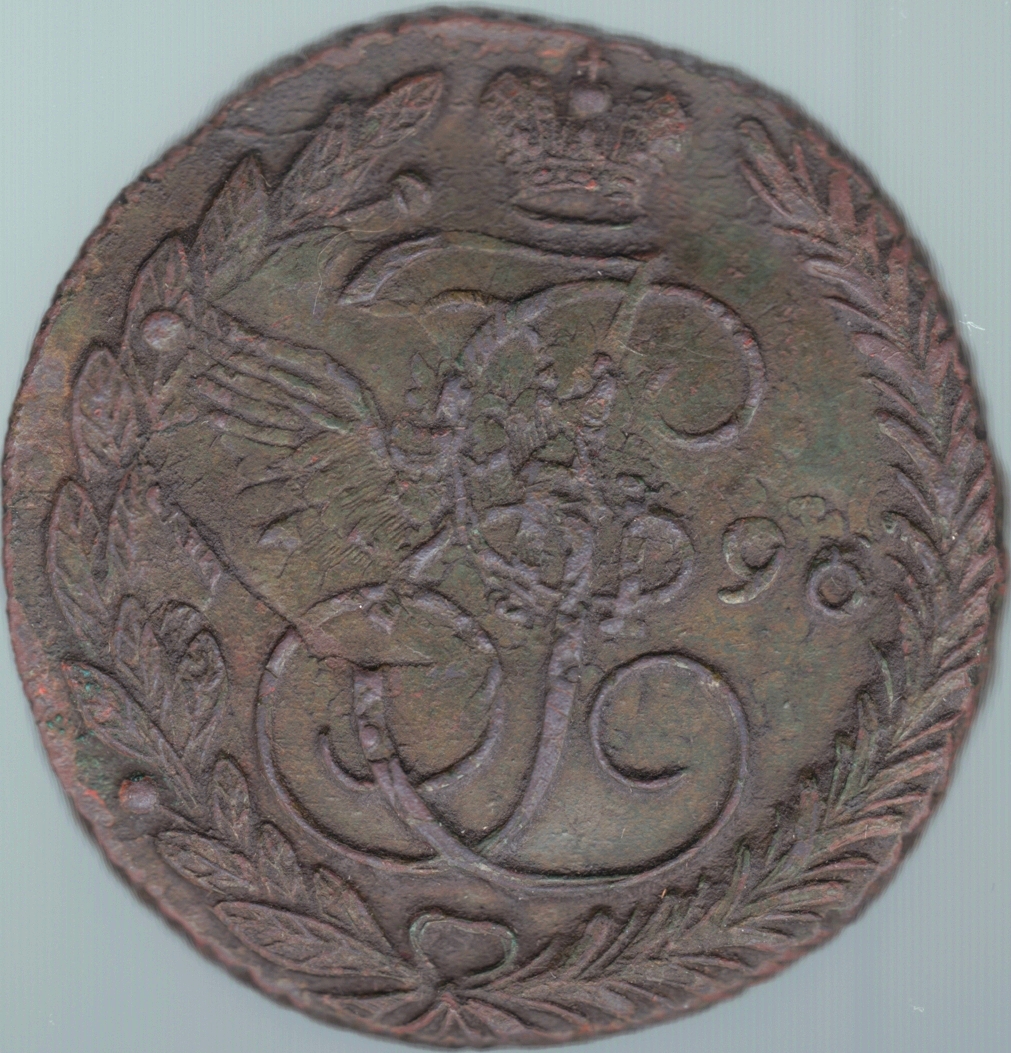


Fig. 1c. The new design of the numbers 9 and 6 in the date printed with the punchesfor lightweight 5 kopek coin of 1796
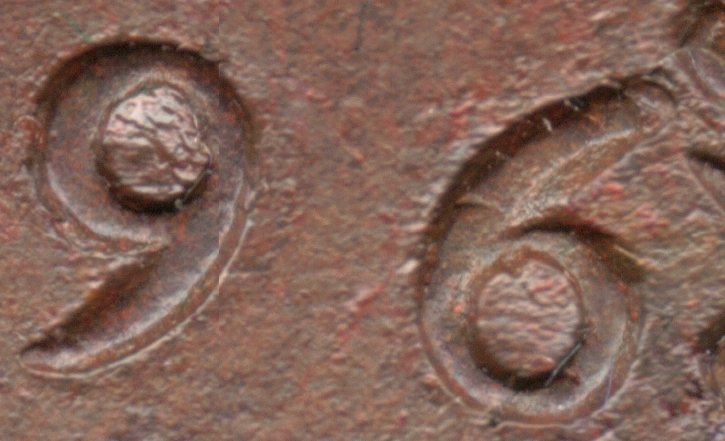
Fig. 1d. The old design of the numbers 9 and 6
The edge 6 or the traces of the edge 6 under edge 5. This indicator is also non-obligatory - all my pieces of “direct Paul’s re-overstrike” bear net-shaped edge without any traces of cord-shaped edge.

Fig. 1e. The traces of the edge 6 under edge 5 . The example from the simple “Paul’s re-overstrike” coin.

Fig. 2c. The new design of the numbers 9 and 6 in the date
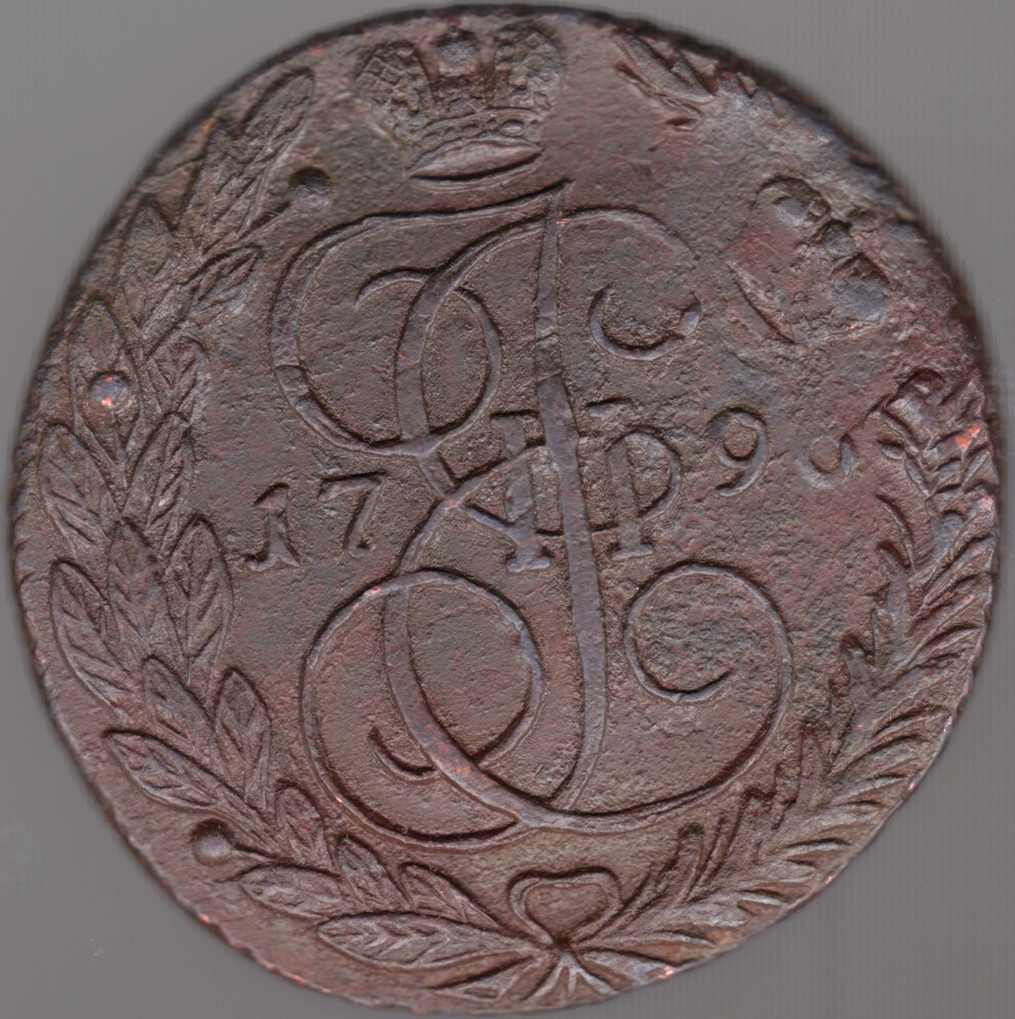
Fig. 2a. The crown from the 5 kopec coin of 1779-87 (monogram side) is visible
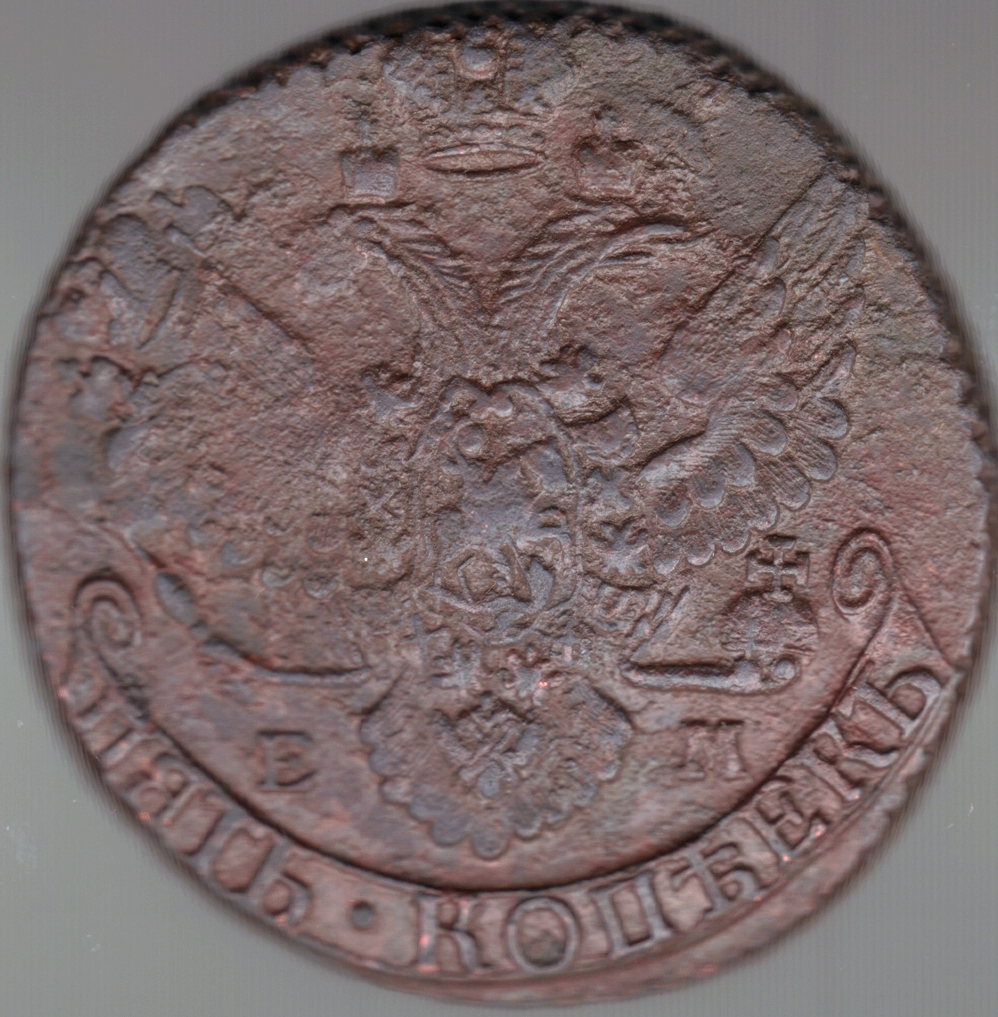
Fig. 2b. The crown and eagle heads from the 5 kopec coin of 1779-87 (eagle side) are visible

Fig. 3c. The date of the re-coined piece can be read - 1782. It is interesting that one of the coins, appeared in I-net, is also direct overstrike from 1782 coin.
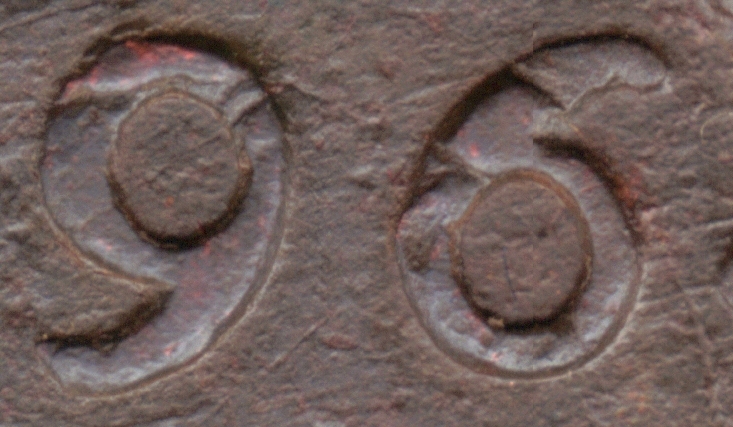
Fig. 3d. The new design of the numbers 9 and 6 in the date
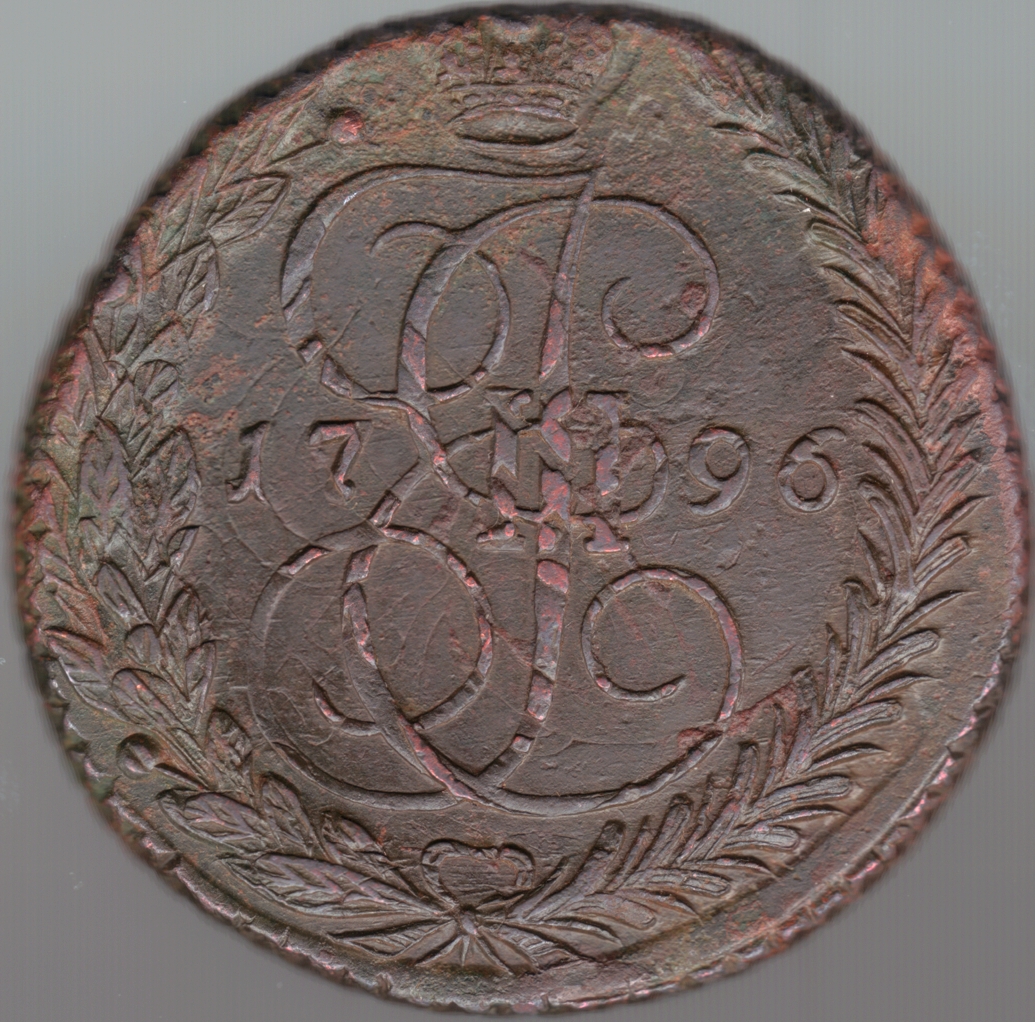
Fig. 3a. The remnants of the Ekaterina the Second monogram are obvious and the date of the re-coined piece can be read - 1782.
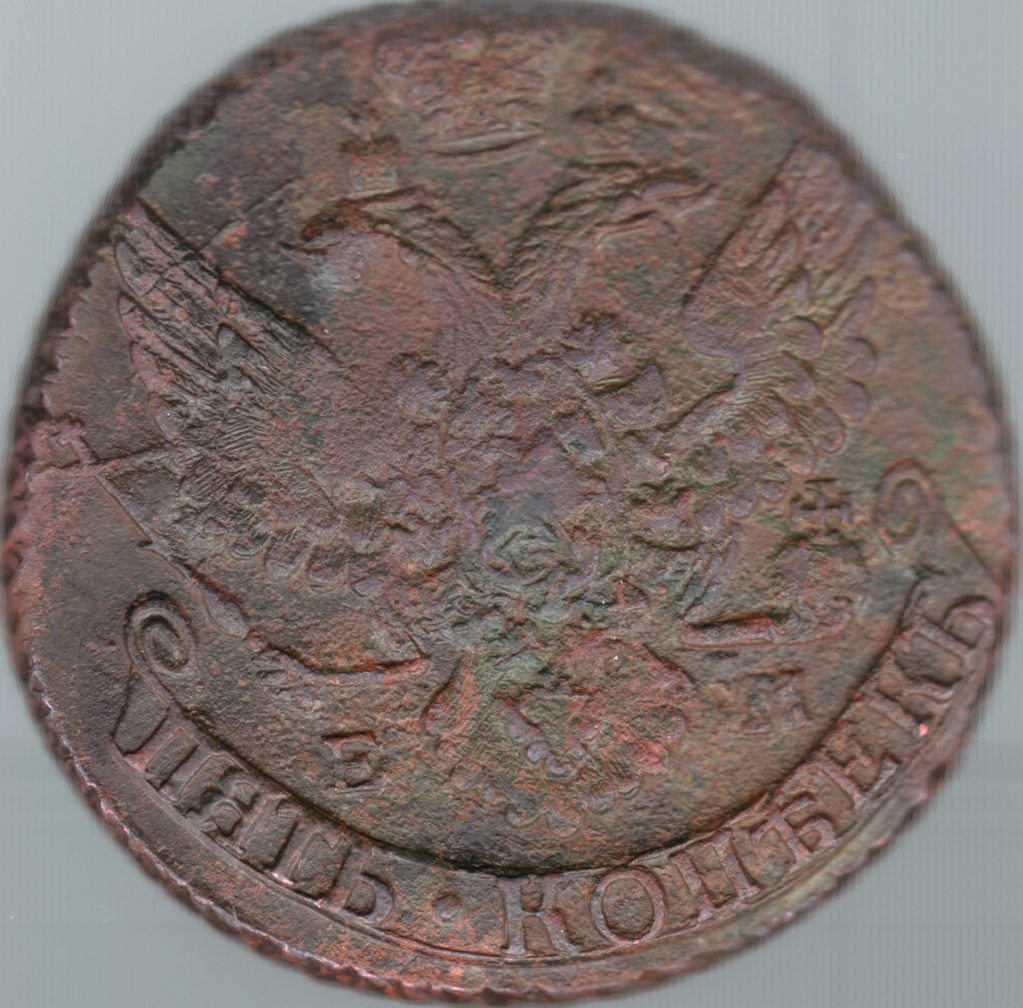
Fig. 3b. No obvious traces of re-overstrike